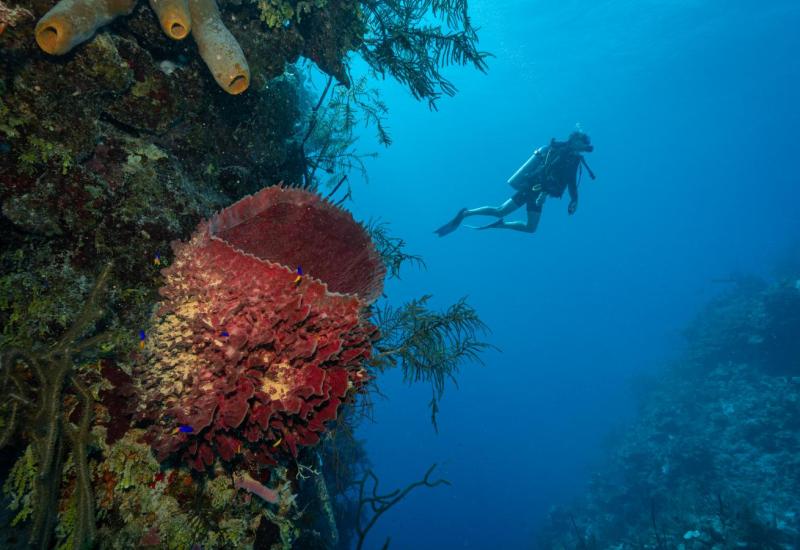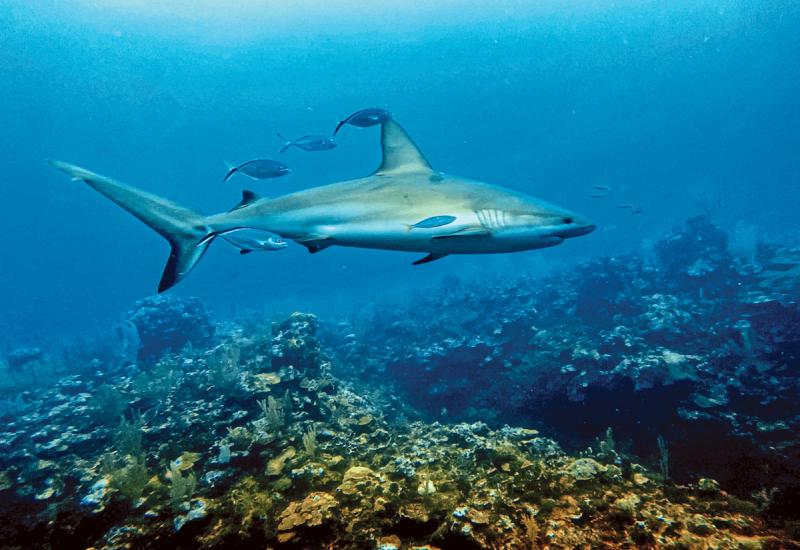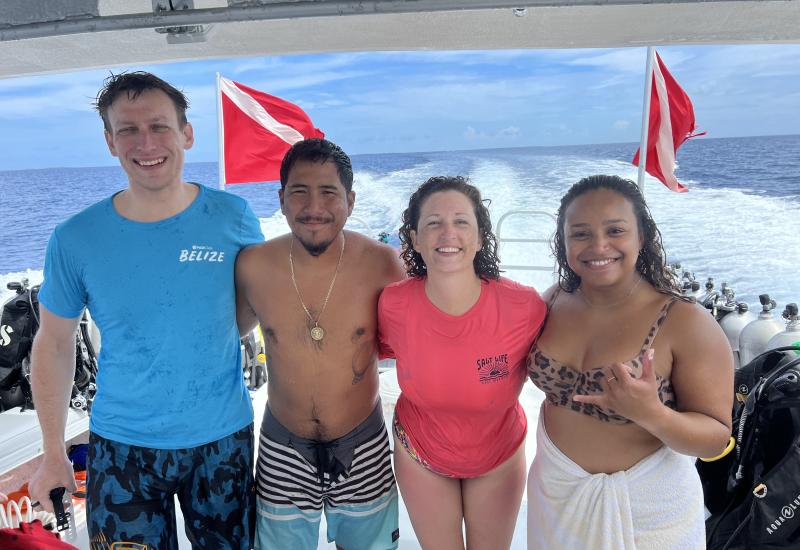Belize Barrier Reef Reserve System Removed from the List of World Heritage in Danger
The World Heritage Committee, meeting in Manama since 24 June, decided Tuesday to remove the Belize Barrier Reef Reserve System from the List of World Heritage in Danger.
The Committee considered that safeguarding measures taken by the country, notably the introduction of a moratorium on oil exploration in the entire maritime zone of Belize and the strengthening of forestry regulations allowing for better protection of mangroves, warranted the removal of the site from the World Heritage List in Danger.

Belize Tourism BoardBelize Barrier Reef
The site was inscribed on the List in Danger in 2009 due to the destruction of mangroves and marine ecosystems, offshore oil extraction, and the development of non-sustainable building projects.
The Belize Barrier Reef Reserve System, inscribed on the World Heritage List in 1996, is an outstanding natural system consisting of the largest barrier reef in the northern hemisphere, offshore atolls, several hundred sand cays, mangrove forests, coastal lagoons and estuaries. The system’s seven sites illustrate the evolutionary history of reef development and are a significant habitat for threatened species, including the marine turtle, the manatee and the American marine crocodile.
The List of World Heritage in Danger is designed to inform the international community of conditions threatening the very characteristics that warranted the inscription of a property on the World Heritage List and encourage corrective measures.
The 42nd session of the World Heritage Committee continues until 4 July.
Statement from Karen Bevans, Director of Tourism, Belize Tourism Board:
"Belizeans know the importance of a healthy reef and many rely on it for their livelihood. Our economy is built on tourism, with reef-related tourism and fisheries alone directly supporting about 190,000 people. The Belize Tourism Board therefore is thrilled that UNESCO has removed the Belize Barrier Reef from the List of World Heritage in Danger. It’s a testament to the active steps that the Belize tourism stakeholders and environmental advocates have taken to protect our precious waters and our tourism resources. When reefs are better, we’re all better.”

Belize Tourism BoardGreat Blue Hole
5 Facts about the Belize Barrier Reef:
• The Belize Barrier Reef spans 185 miles of the country’s coastline and is the largest eef system in the Northern Hemisphere. It comprises seven key marine reserve zones, over 400 cayes (islands) and three atolls.
• Home to more than 500 species of fish and marine life, 70 hard coral and 30 soft coral, the Belize Barrier Reef is a world-class diving and snorkeling destination, attracting visitors from around the world.
• UNESCO designated the Belize Barrier Reef an official World Heritage Site in 1996.
• The reef is comprised of seven areas: Bacalar Chico National Park and Marine Reserve, Blue Hole Natural Monument, Half Moon Caye Natural Monument, South Water Caye Marine Reserve, Glover’s Reef Marine Reserve, Laughing Bird Caye National Park and Sapodilla Cayes Marine Reserve.
• On December 29, 2017, the Belize government voted to implement an indefinite moratorium on all new oil exploration in its waters.










